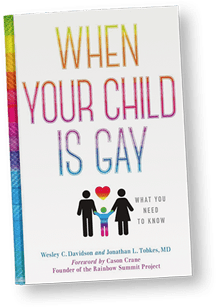A few years ago, I watched a TED Talk about sexual orientation. A high school female confessed that she’d rather “wash dishes than have sex!” At first, I thought she was trying to be amusing, but when she dug deeper, you realized that she was telling the truth.
She was an ACE, the A in LGBTQIA. What is an ACE? It’s a term for someone who is not sexually attracted to another person. They do not experience desire for sexual attraction. The term now, according to the Asexual Visibility and Education Network, is recognized as a variation in human sexuality and is influenced by both genetics and environmental factors.
Since 2010, Asexual Awareness Week, as it was formerly called, has been educating the public about this term so there is greater acceptance and understanding. The week of October 21-28 is designated as ACE week. It aims at debunking the myths about this sexual orientation: e.g., it is not a choice, but like being gay, it’s an innate part of who someone is. It is possible to be an ACE at some point in your life and then change.
There are three different types of asexuals: gray-asexual or gray-sexual is a way for someone who feels a little attraction at times to honor their experience, as opposed to using the term asexual, which implies a complete lack of sexual attraction, a demi-sexual describes someone who may be asexual by definition, but who finds aceness and/or greyness a useful, relevant concept. Sometimes, semisexual has demi-sexual and gray-sexual connotations.
How do you know if you are ASEXUAL? Some people may know it at an early age while others realize they’re asexual after one or more sexual experiences. Some asexuals grow up not realizing that asexuality is an option, but the designation can be permanent but also fluid and therefore temporary.
Asexuality affects 1% of the population and researchers have suggested that it turns up in those within the autism spectrum. In that case, the numbers could be higher.
What Asexuality is NOT:
- It’s not a hormonal imbalance.
- It’s not a medical issue.
- You can’t “fix” it.
- There’s no medication to stop it.
- It’s not the result of sexual abuse.
- Therapy won’t fix it.
- There is no underlying cause.
What Are the Common Signs of Asexuality:
- Disinterest in Sex
- Don’t feel sexually attracted to others
- Don’t develop crushes
- Erotic content doesn’t stimulate you
- Personality is prioritized over looks
- Often feel left out from conversations about sex and relationships
- Aromantic- it’s possible to be aromantic and not asxual.
Sources: WebMD, teenhealthsource.com>blog, healthline.com

When Your Child Is Gay: What You Need To Know
For more detailed advice, see book, co-authored with a mother of a gay son and a psychiatrist, Jonathan L. Tobkes, M.D.